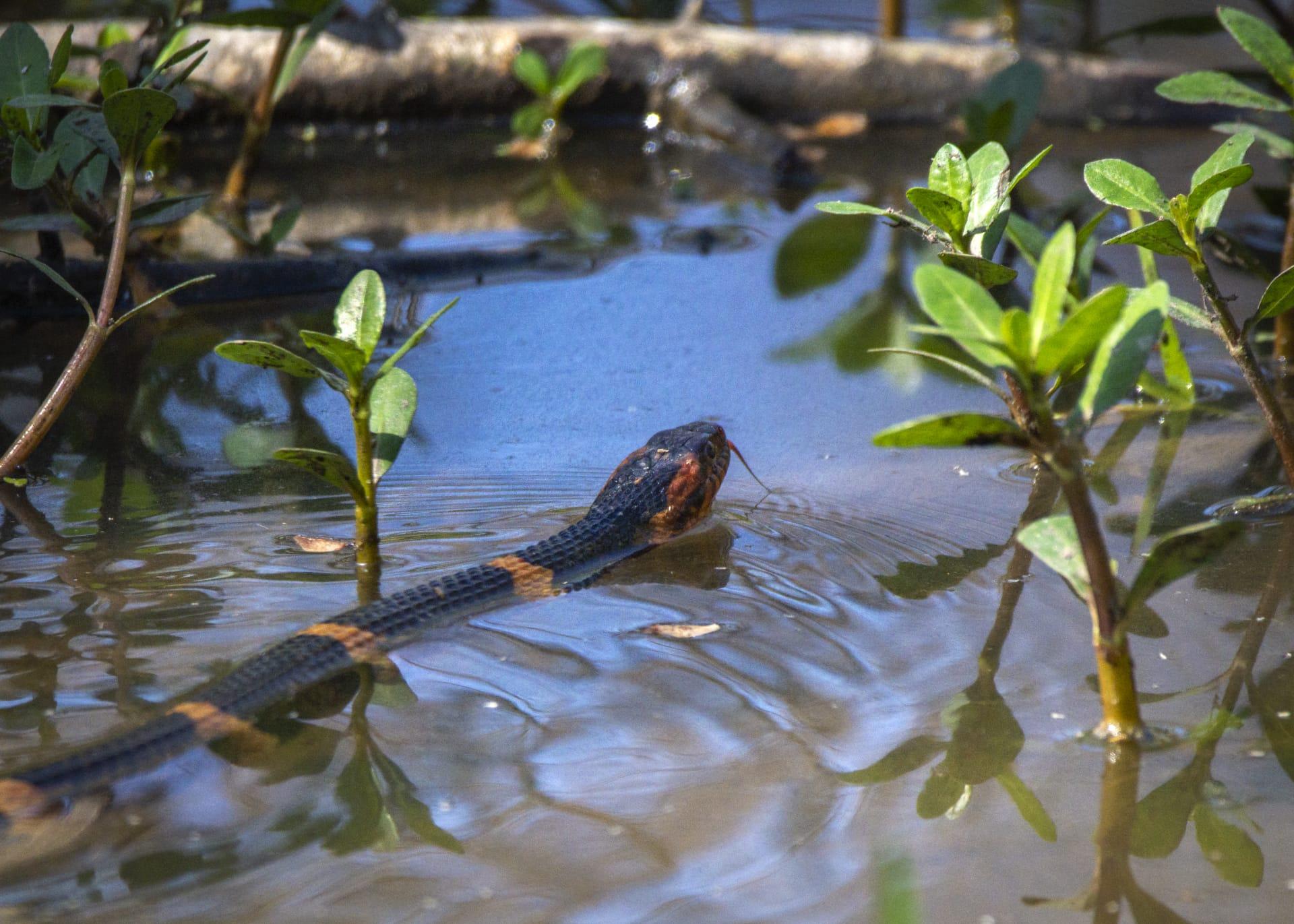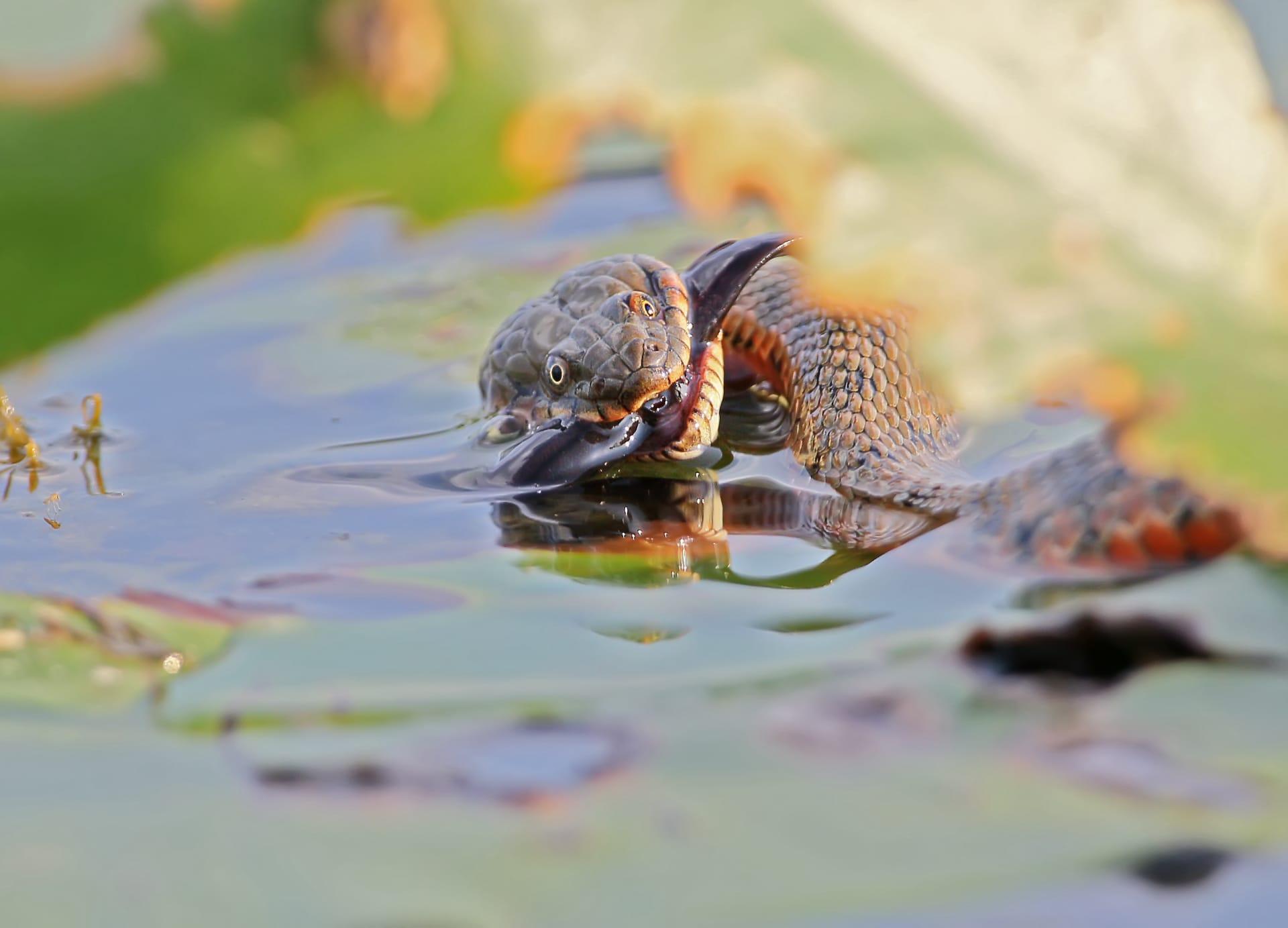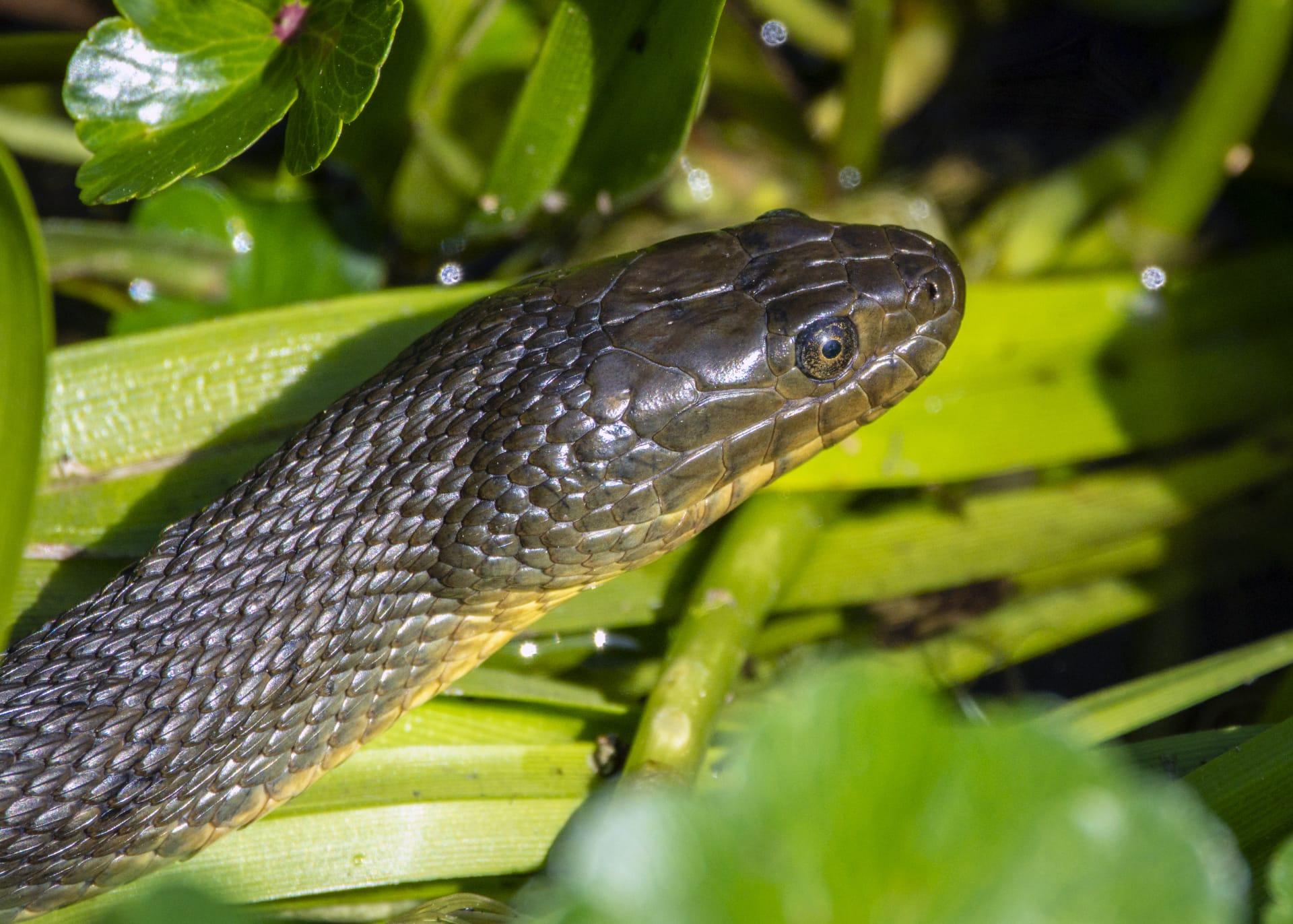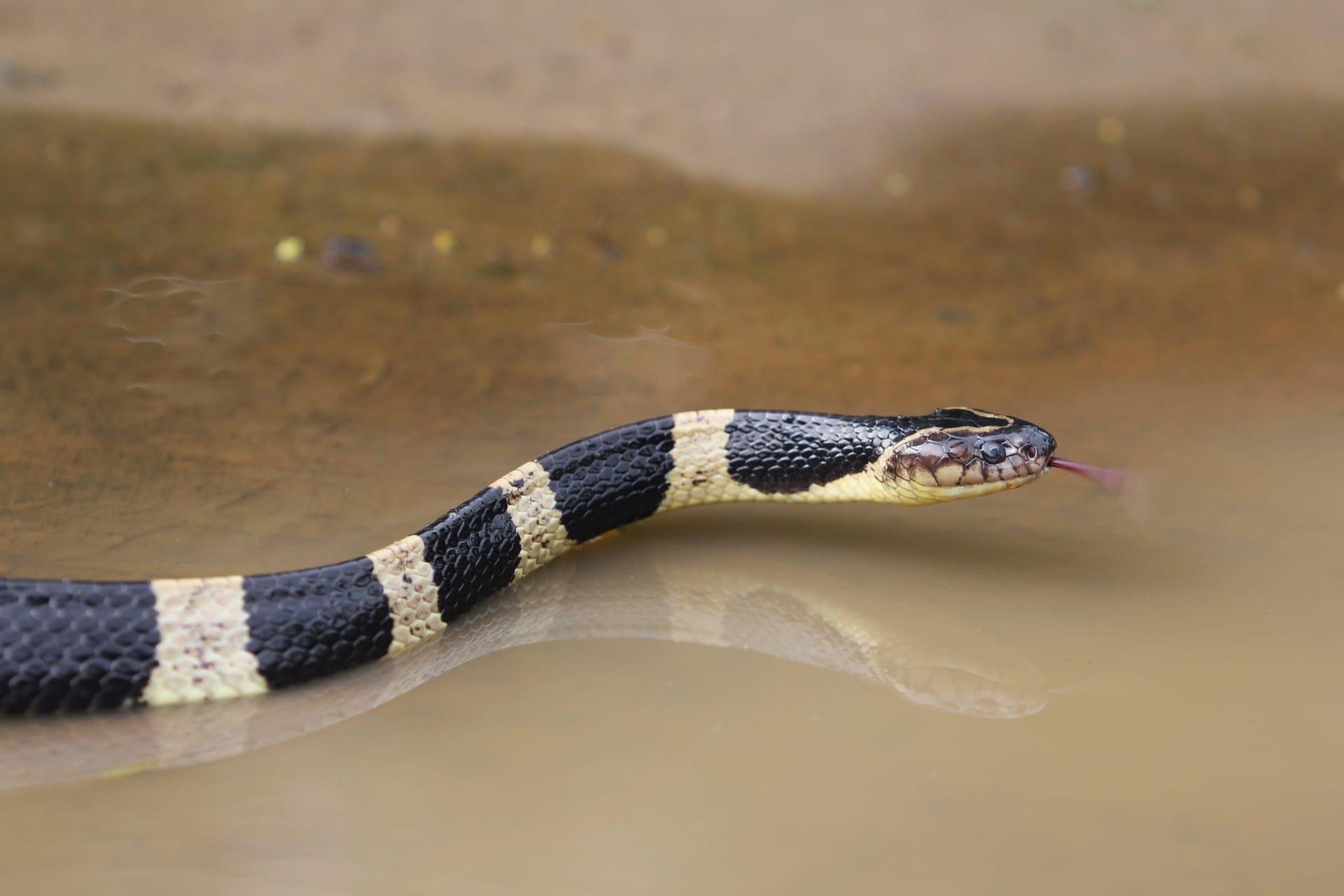Watersnake
- Home /
- Mini Encyclopedia /
- Animal /
- Watersnake
1
Watersnakes, belonging to the subfamily Natricinae, are a fascinating group of non-venomous snakes primarily found in North America. Distinguished by their semi-aquatic nature, these snakes are classified into the genus Nerodia. This genus includes several species such as the common watersnake (Nerodia sipedon), the banded watersnake (Nerodia fasciata), and the diamondback watersnake (Nerodia rhombifer), among others. Each species has unique color patterns and physical characteristics, making them an intriguing study subject in herpetology.
Watersnakes are predominantly found across the United States, extending their range into southern Canada and northern Mexico. Their habitat preference includes freshwater bodies like rivers, lakes, and marshes. Certain species, like the Northern watersnake (Nerodia sipedon), are widespread in the northeastern United States, while others, such as the Florida watersnake (Nerodia fasciata pictiventris), are more geographically restricted. These snakes adapt well to various water bodies, often seen basking on rocks or branches near water, and are crucial for maintaining a balanced ecosystem in these areas.

2
Question: Are watersnakes venomous and dangerous to humans?
Answer: A common misconception about watersnakes is that they are venomous and pose a significant threat to humans. In reality, watersnakes are non-venomous and generally harmless. While they can be defensive and may bite if threatened or handled, their bites are not venomous. It's important to distinguish them from venomous snakes like cottonmouths or water moccasins, which they are often mistaken for. Understanding this distinction helps in appreciating the role of watersnakes in the ecosystem without undue fear.

3
Watersnakes have developed several survival strategies to thrive in their aquatic environments. One key adaptation is their ability to swim and dive efficiently, which aids in hunting and escaping predators. They primarily feed on fish and amphibians, using a combination of stealth and speed to capture their prey. Additionally, their coloration often mimics the surrounding environment, providing camouflage against both prey and predators. This cryptic coloration is crucial for their hunting and survival strategies.
Another survival mechanism is their defensive behavior. When threatened, watersnakes may flatten their bodies to appear larger and more intimidating. They can also emit a foul-smelling musk to deter predators. During colder months, watersnakes hibernate in communal dens, which helps them conserve energy and survive the harsh conditions. This hibernation strategy is essential for their survival in regions with cold winters.

4
In ecosystems, watersnakes play a pivotal role as both predators and prey. As predators, they help control the populations of their prey species, such as fish and amphibians. This predation is crucial for maintaining a balanced ecosystem and preventing the overpopulation of these species. Watersnakes' diet contributes to the health of aquatic ecosystems by controlling species that may otherwise dominate the habitat.
As prey, watersnakes are an important food source for various predators, including birds of prey, larger snakes, and mammals. This positions them as integral components in the food web, linking aquatic and terrestrial ecosystems. Their presence indicates a healthy, functioning ecosystem, reflecting the interdependence of species within it. Watersnakes, therefore, contribute significantly to the biodiversity and overall health of their habitats.

5
Film: "The Secret World of Watersnakes" is a captivating documentary produced in the United States in 2019. It offers an in-depth look at the life of watersnakes, highlighting their behavior, habitat, and role in the ecosystem. The film showcases stunning footage that captures the beauty and adaptability of these snakes in various environments, aiming to dispel myths and promote understanding and conservation.
Book: "Watersnakes of North America" by Dr. Sarah B. Hodge, published in the USA in 2018, is an informative guide covering various watersnake species. It delves into their biology, behavior, and conservation, offering insights supported by research and photographs. The book is particularly useful for enthusiasts and researchers interested in herpetology.
Book: "Living Waters: The Natural History of Watersnakes" by Edward J. Kaplan, published in Canada in 2020, explores the intricate relationships between watersnakes and their habitats. It combines scientific research with engaging narratives, providing a comprehensive overview of watersnake ecology and their significance in freshwater ecosystems. This book is a valuable resource for both nature lovers and academic readers.